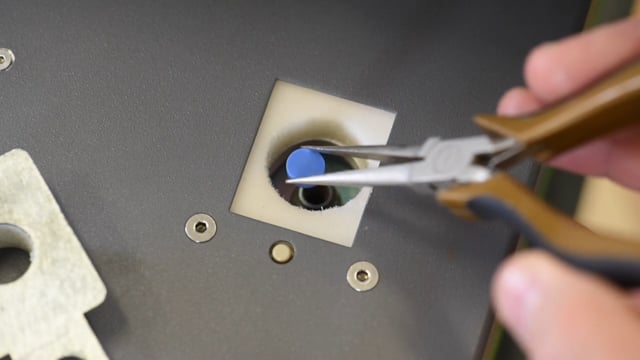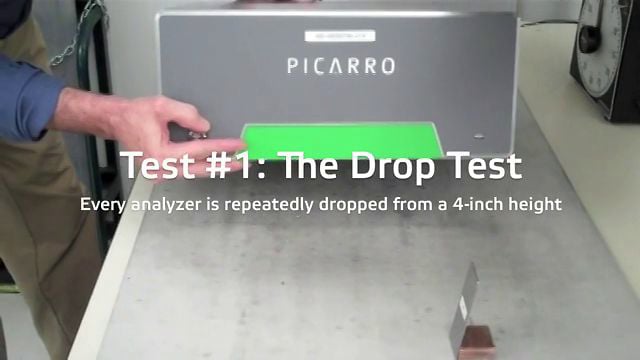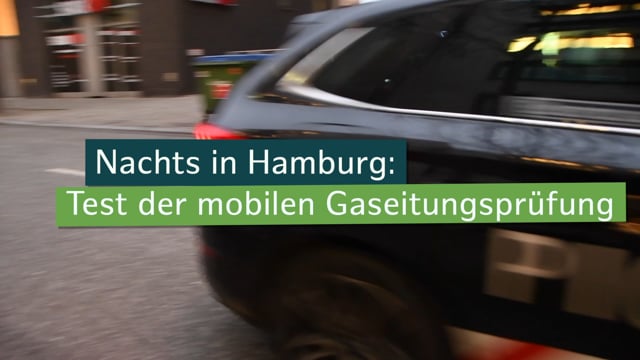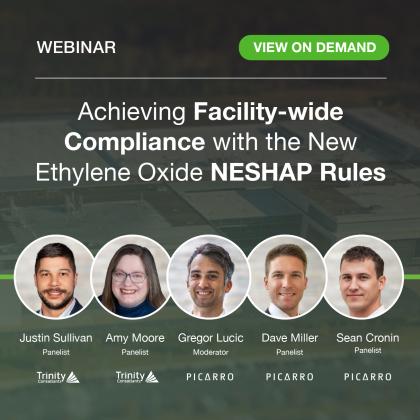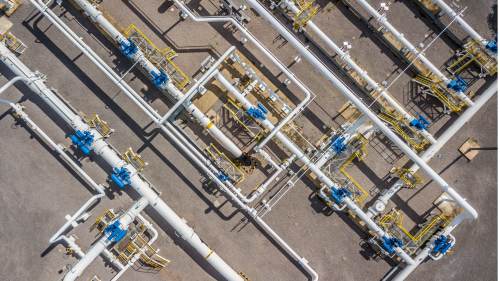Replacing the Vaporizer Septum on Picarro Isotopic Water Systems
This is a brief tutorial on how to replace the vaporizer septum on your Picarro analyzer.
View septa on our web store:
store.picarro.com/For-Peripherals/Vaporizer/Injection-Port-Septa.html
